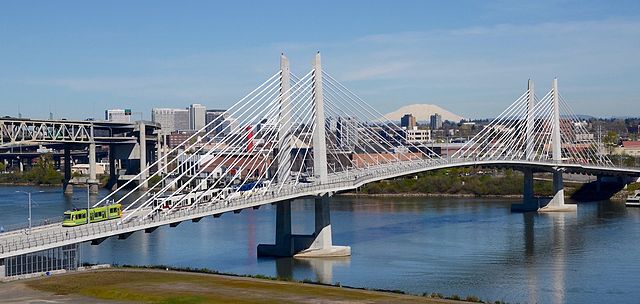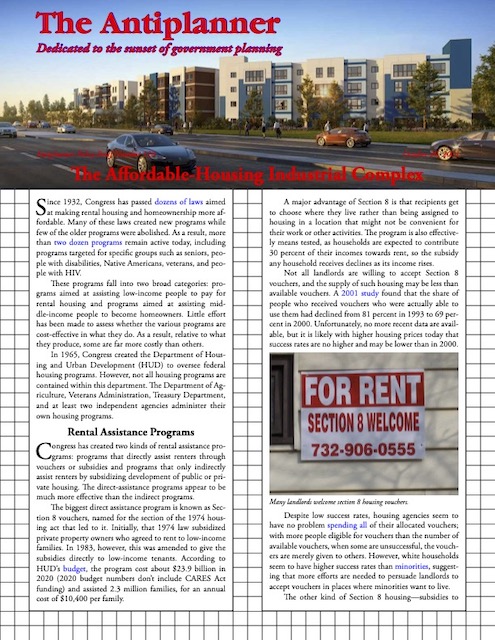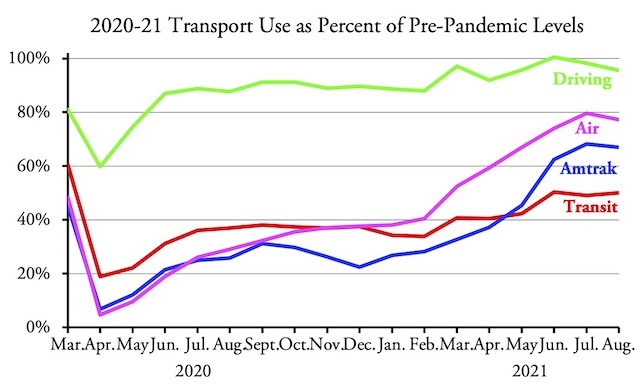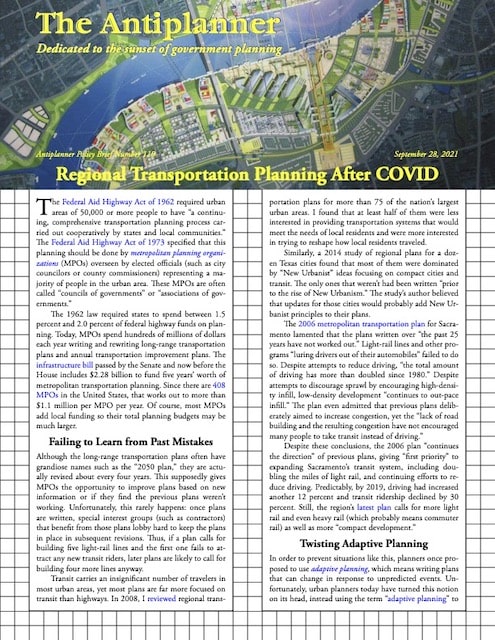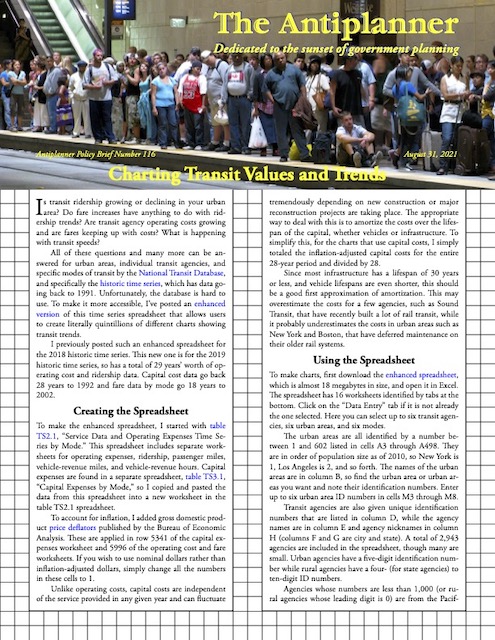New York Governor Kathy Hochul has killed the LaGuardia AirTrain, a ridiculously expensive people mover that had been supported by her predecessor, Andrew Cuomo. “I don’t feel obligated to accept what I have inherited,” Hochul said, noting that there were lower-cost alternatives that had been ignored by Cuomo and rejected by the Port Authority.
This bridge has become a symbol of Portland, but it really should be read as a symbol of the Portland light-rail mafia‘s willingness to spend $1.5 billion on a new light-rail line that added no net new riders to the region’s transit system, which carried fewer riders the year after it opened than the year before. Photo by Steve Morgan.
Of course, those lower-cost alternatives are still going to cost a lot of money, and spending that money is problematic in an age when many people are no longer comfortable in crowded conditions. As noted here earlier this month, New York City offices have some of the highest vacancy rates in decades, and even offices that are still under lease may be nearly empty as the number of people entering those offices is down by more than 70 percent. Downtown groups have released similarly dire reports for Seattle and Washington, DC, among other cities. Continue reading

